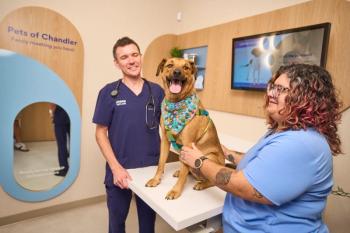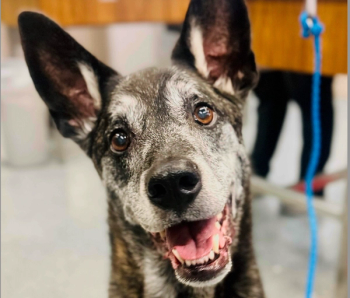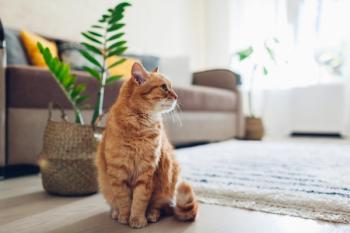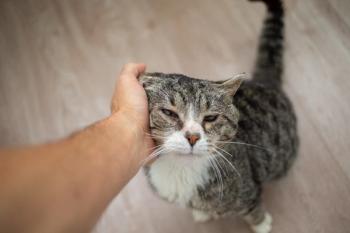
Should cats on an SGLT2 inhibitor go on a special diet?
An internal medicine specialist explains the answer to this question in an interview with dvm360.
Ellen Behrend, VMD, PhD, MS, DACVIM (SAIM), a consultant at Veterinary Information Network, answers a common question from caregivers of cats with diabetes: Should a cat receiving a sodium-glucose cotransporter 2 (SGLT2) inhibitor be placed on a specific diet? As Behrend explains, her recommendation is to follow the traditional diet for a cat with diabetes, which is high in fats and protein and low in carbohydrates. In the video, she delves into the reason behind this.
Below is the interview transcript, which has been lightly edited for improved clarity:
Ellen Behrend, VMD, PhD, MS, DACVIM (SAIM): A really common question is about diet in combination with an SGLT2 inhibitor: Do you put a cat on a specific diet, and when?
I still recommend the typical diabetic cat diet: high fat, high protein, [and] low carbohydrate in combination with an SGLT2 inhibitor. There's some evidence in people that such a diet could increase the risk of [diabetic ketoacidosis]. We don't know in cats. Cats handle carbohydrates hugely [differently] than people do, so until we know better or differently, I'm going to use a high-fat, high-protein, [and] low-carbohydrate diabetic diet because it can really help with putting a cat into remission, at least when the cat is on insulin.
I typically don't change the diet for 2 weeks after starting the SGLT2 inhibitor or until I think the cat is settled and doing well. I don't want to do 2 things that can cause vomiting and softening of the stool at the same time—change the diet and start the drug—because then you're not going to know what the problem is. So, I start the SGLT2 inhibitor first, and then after 2 weeks, when the cat's doing fine—or whenever that is, typically around 2 weeks—then I'm going to start the diabetic diet.
Newsletter
From exam room tips to practice management insights, get trusted veterinary news delivered straight to your inbox—subscribe to dvm360.






